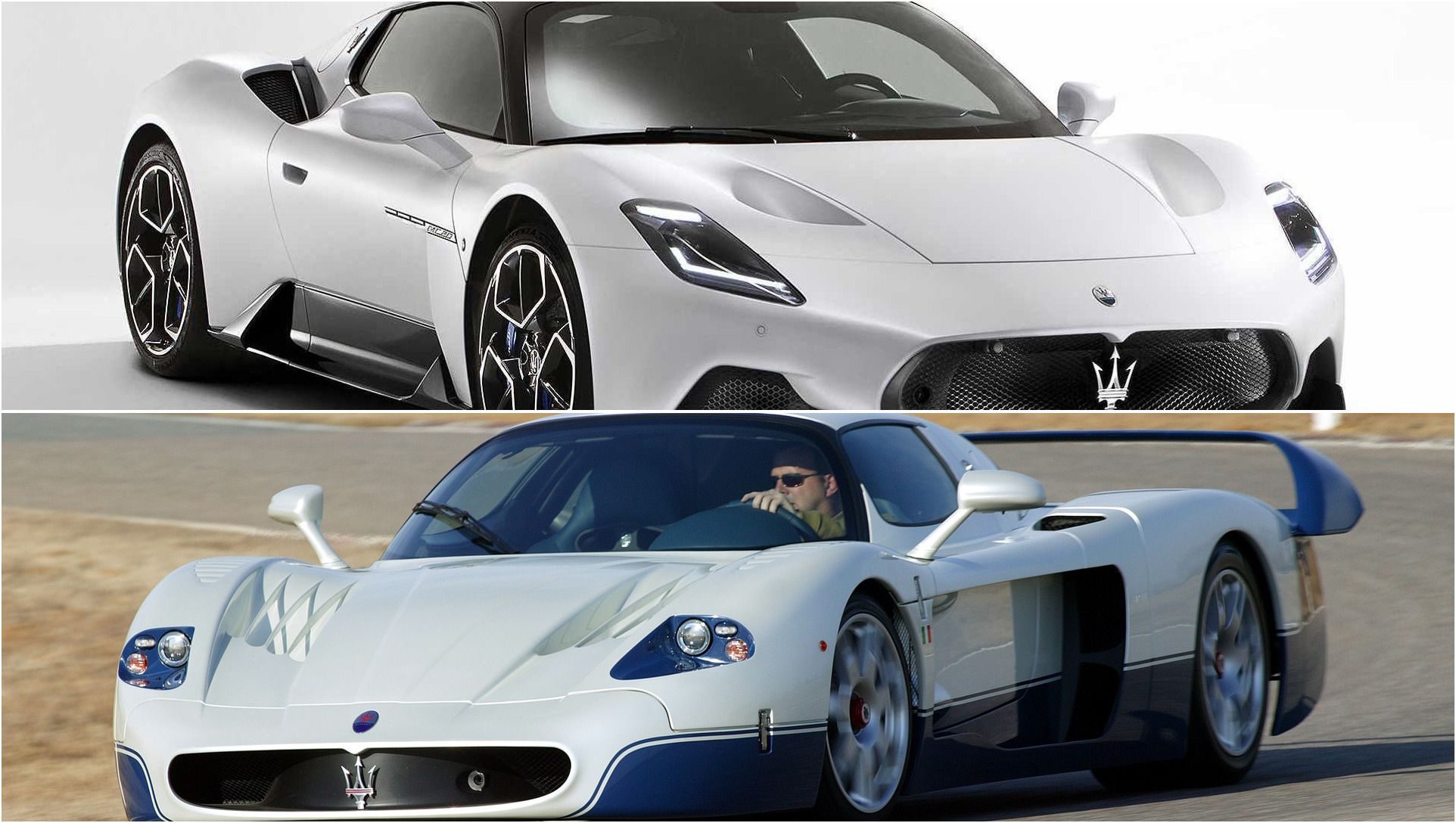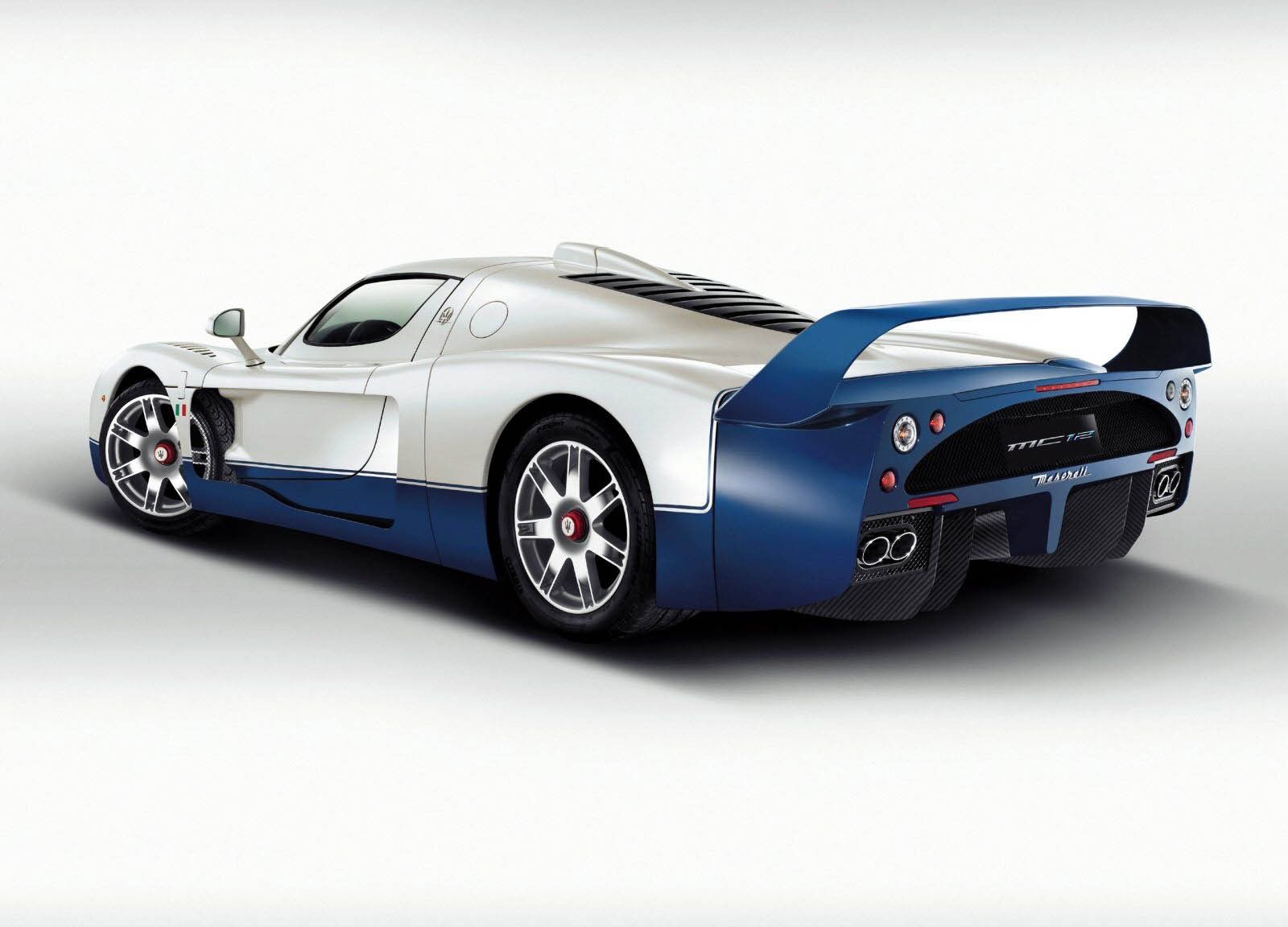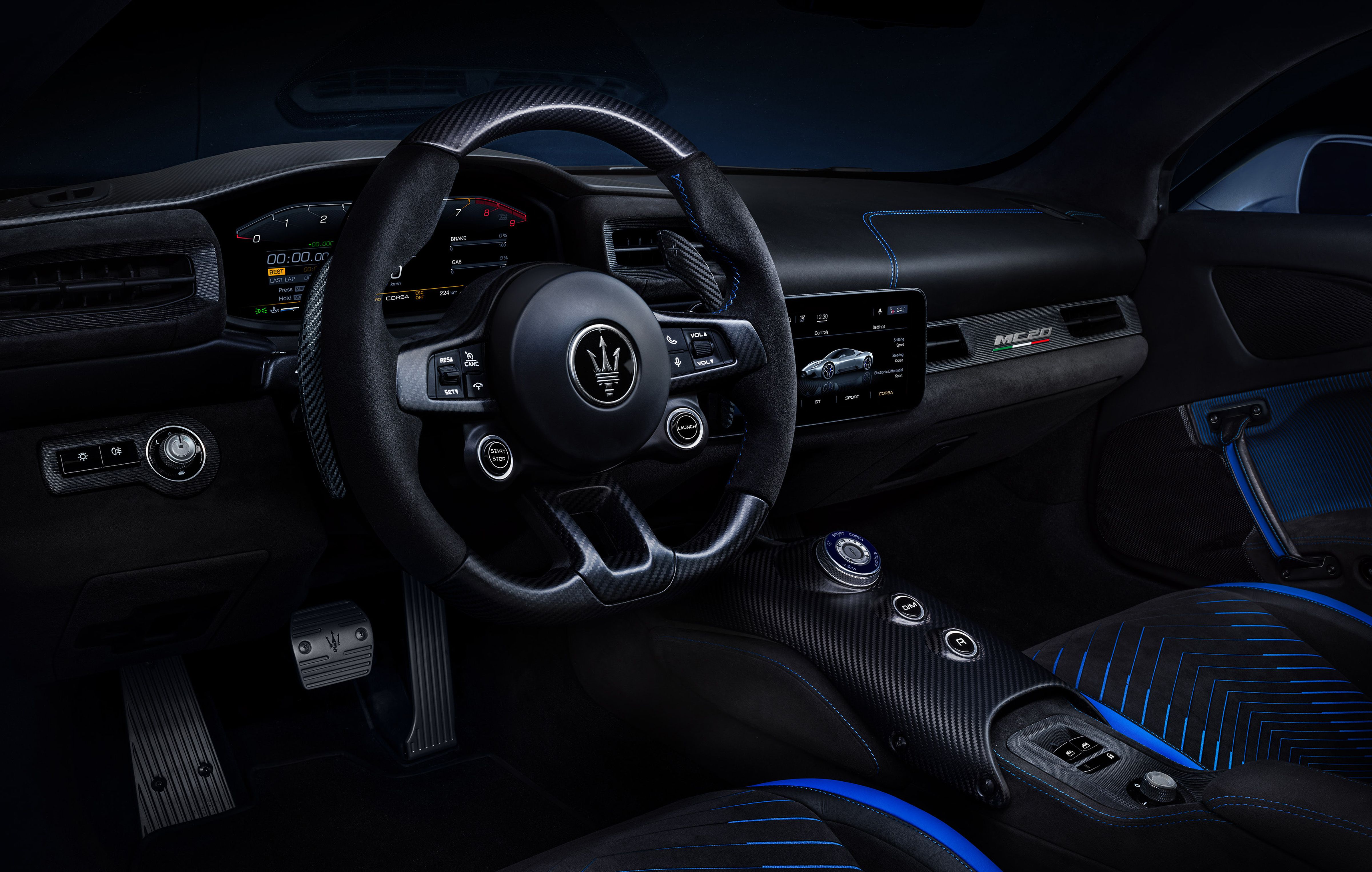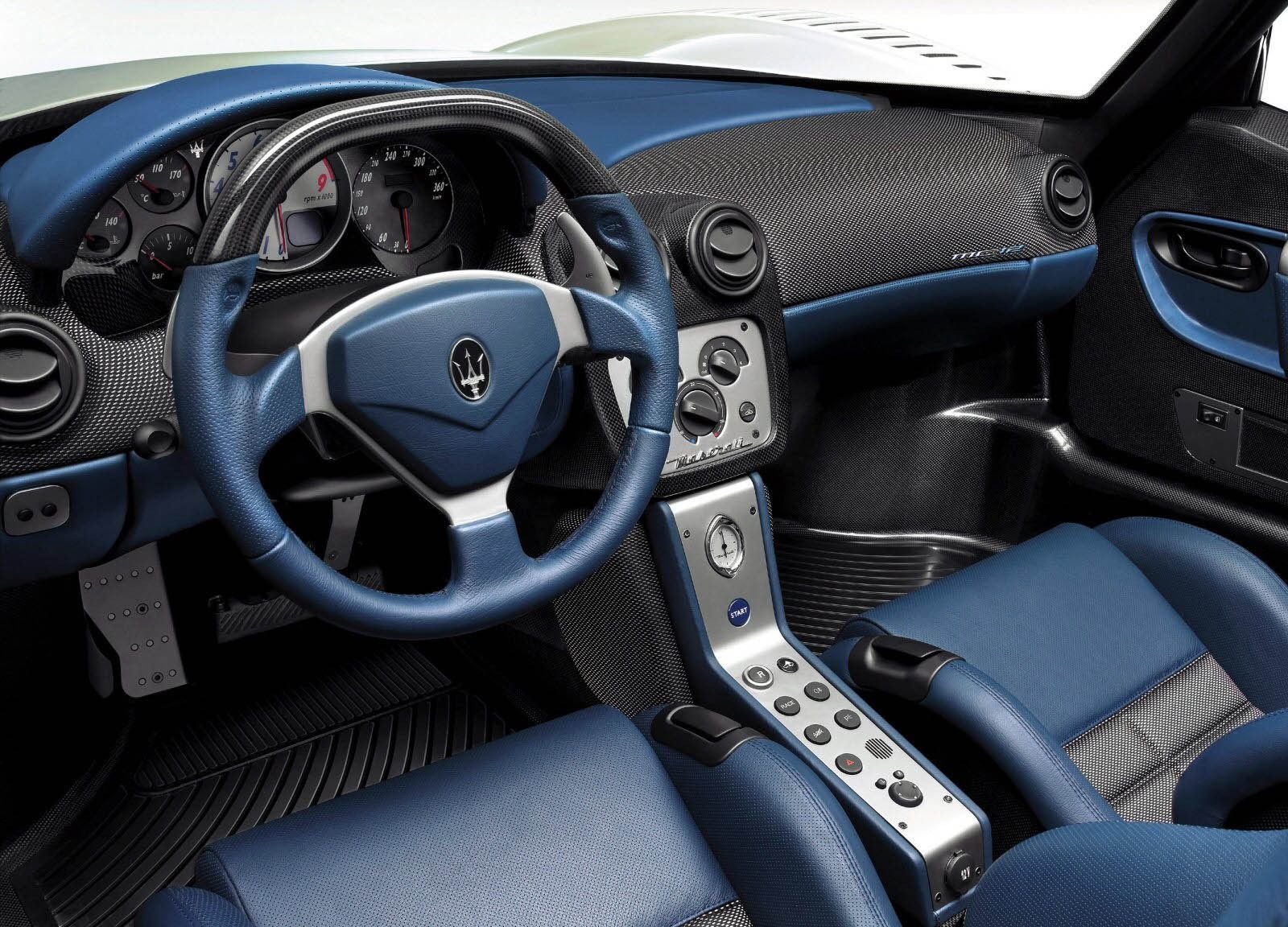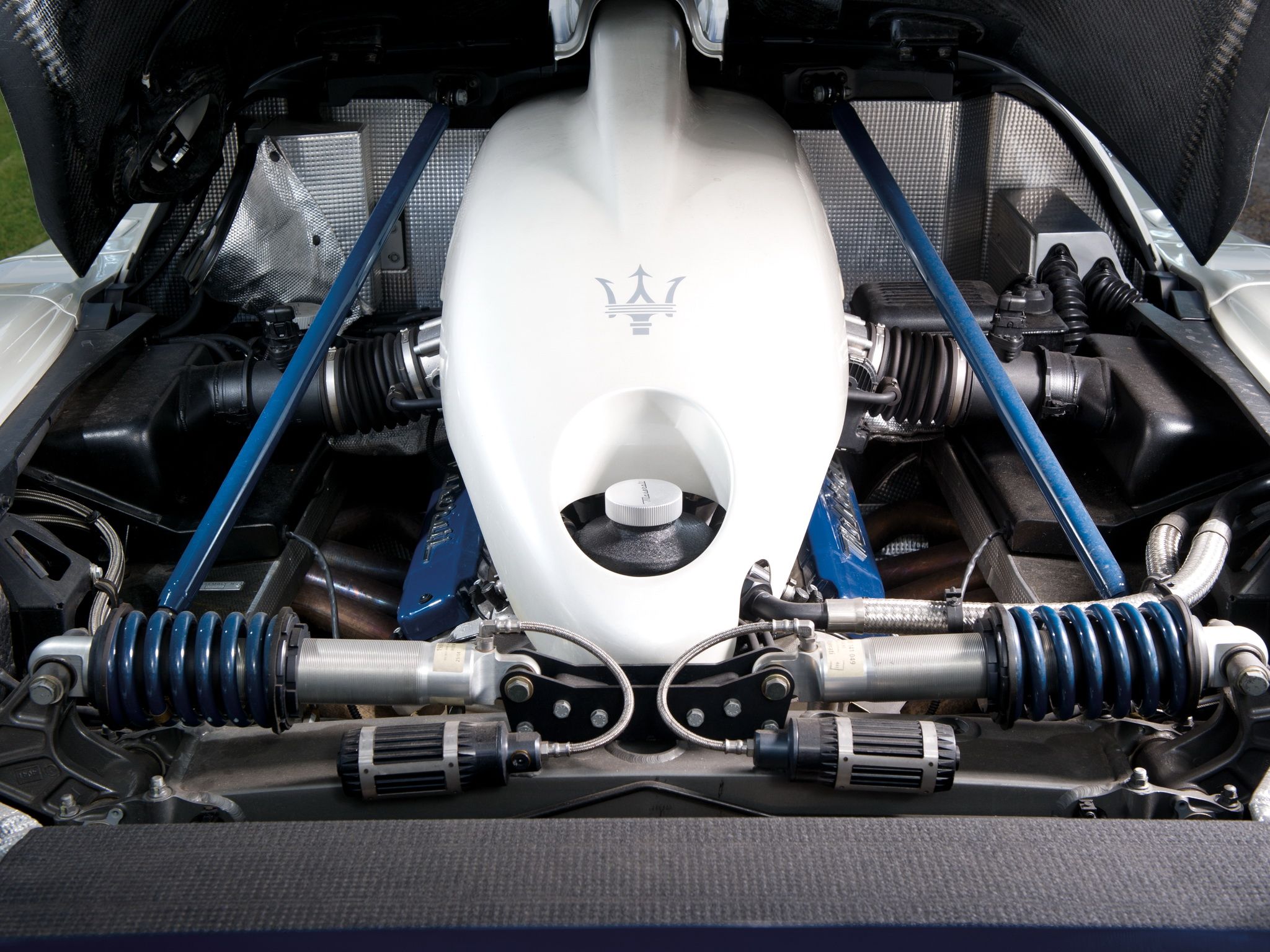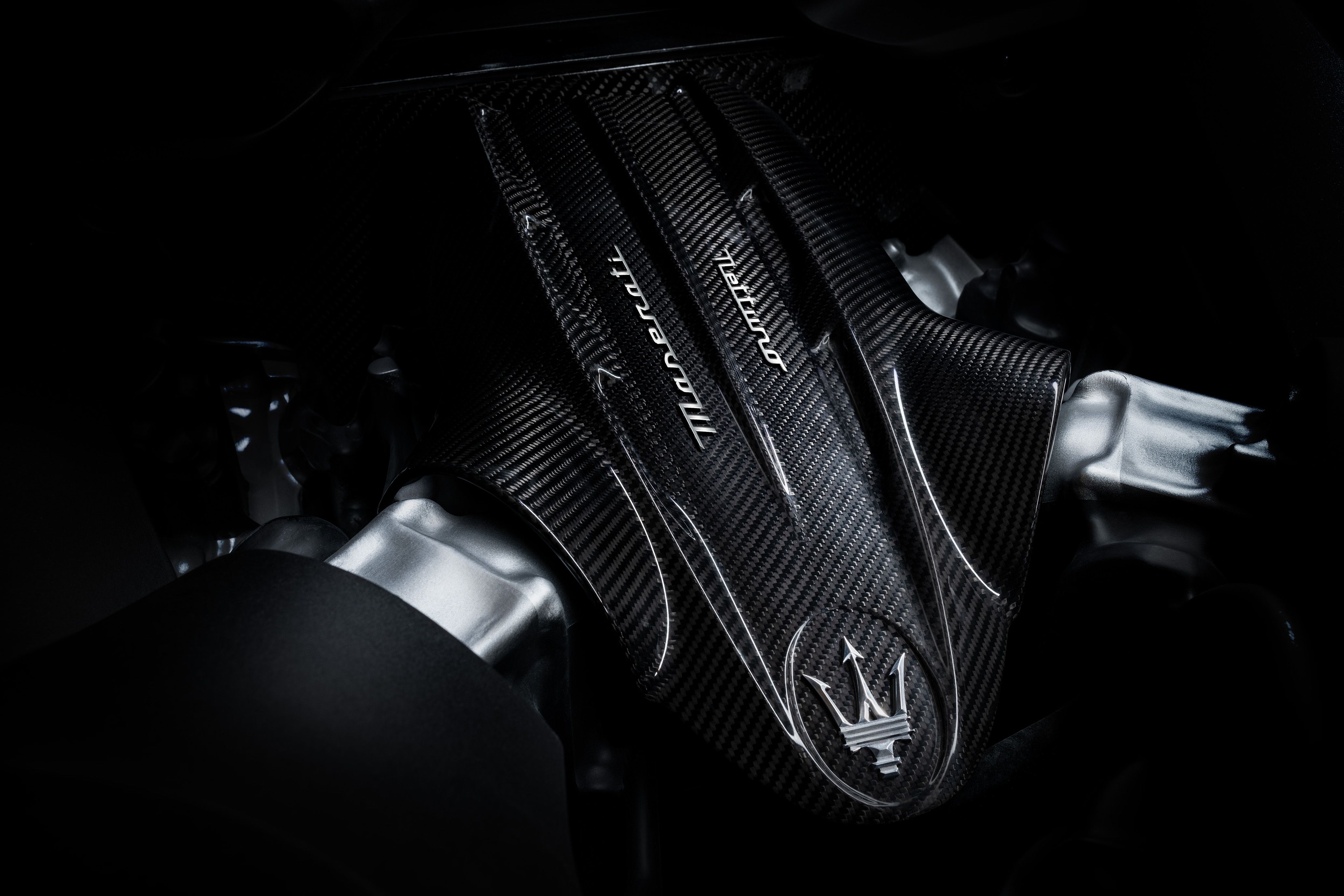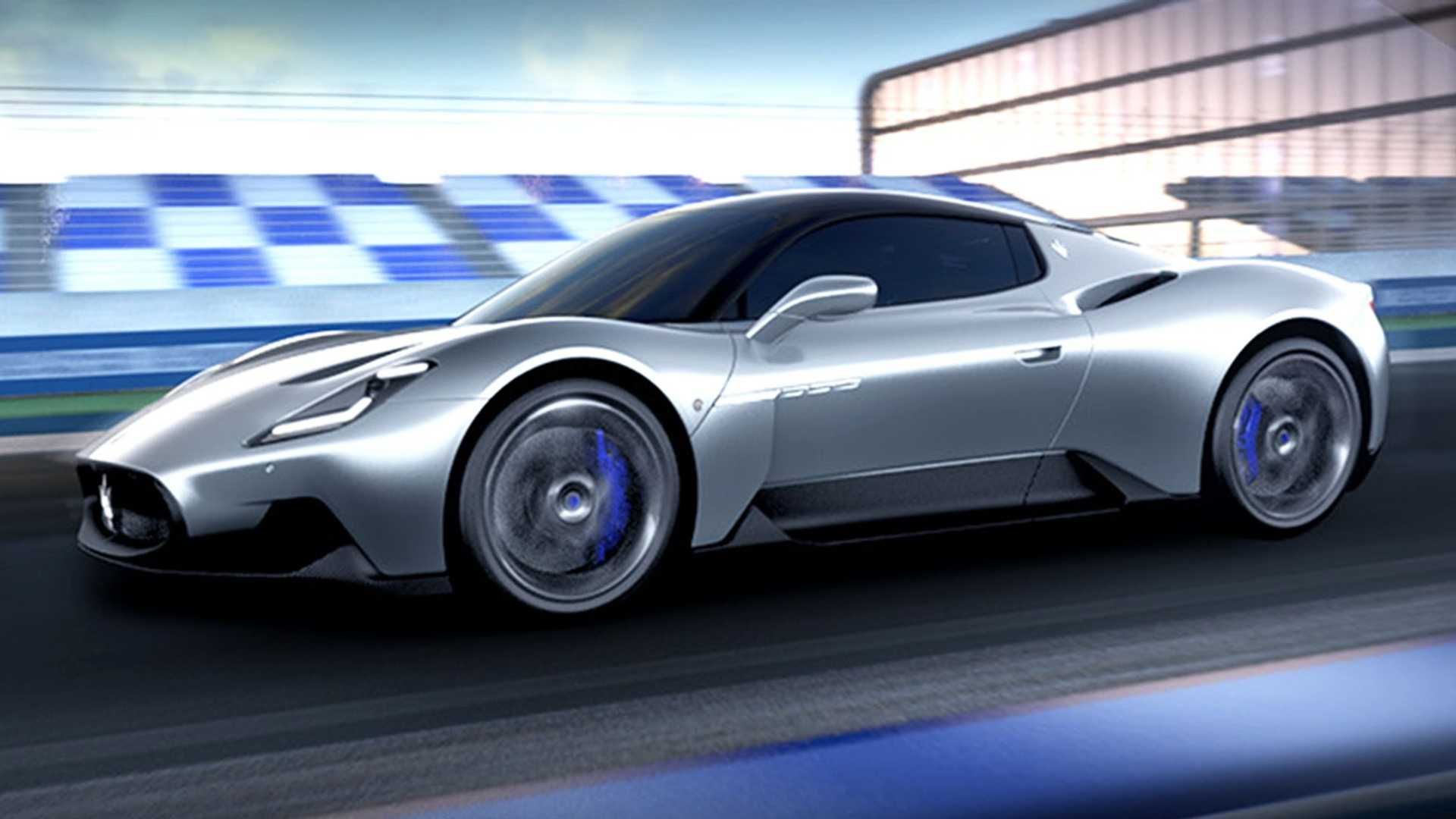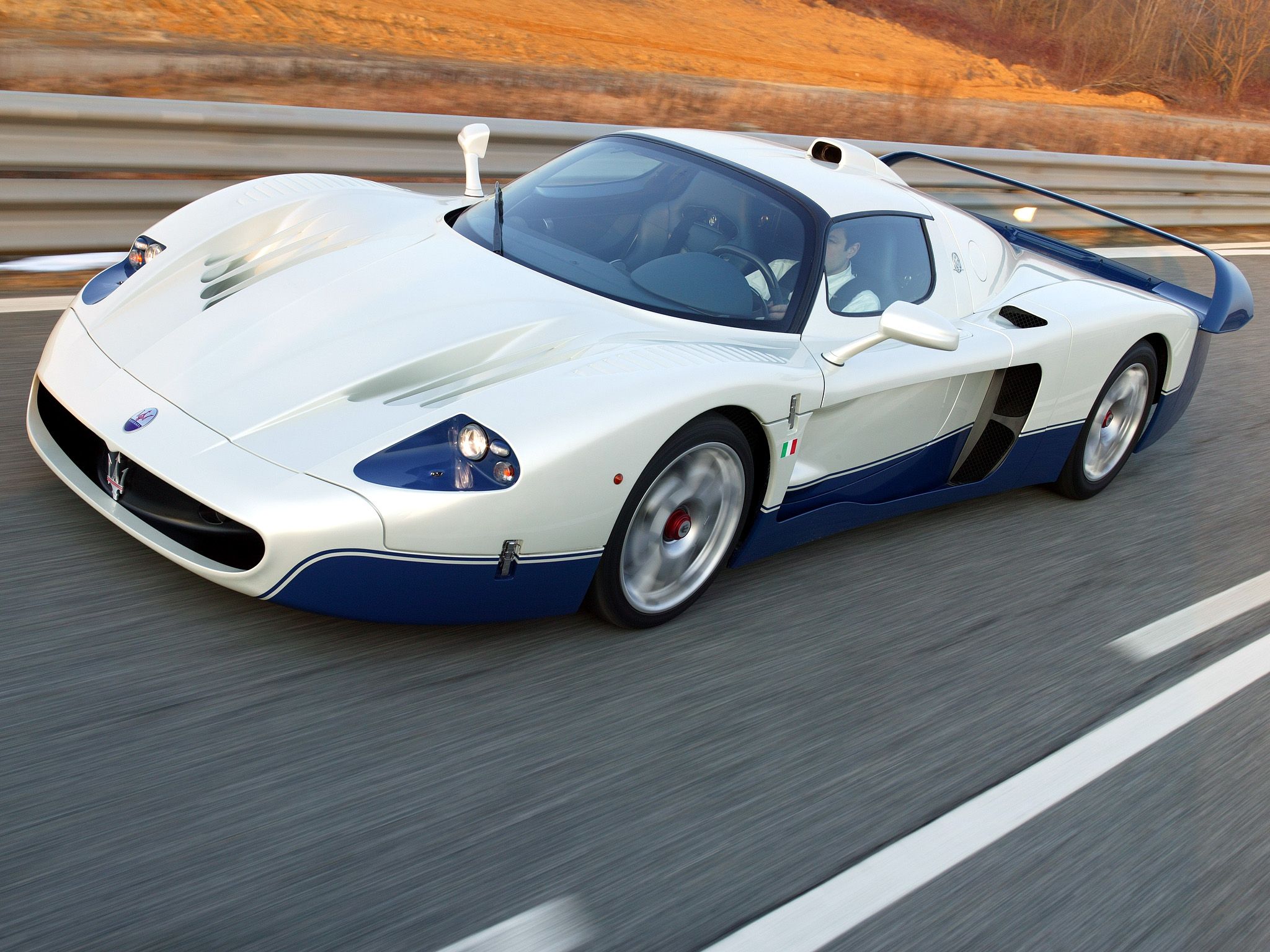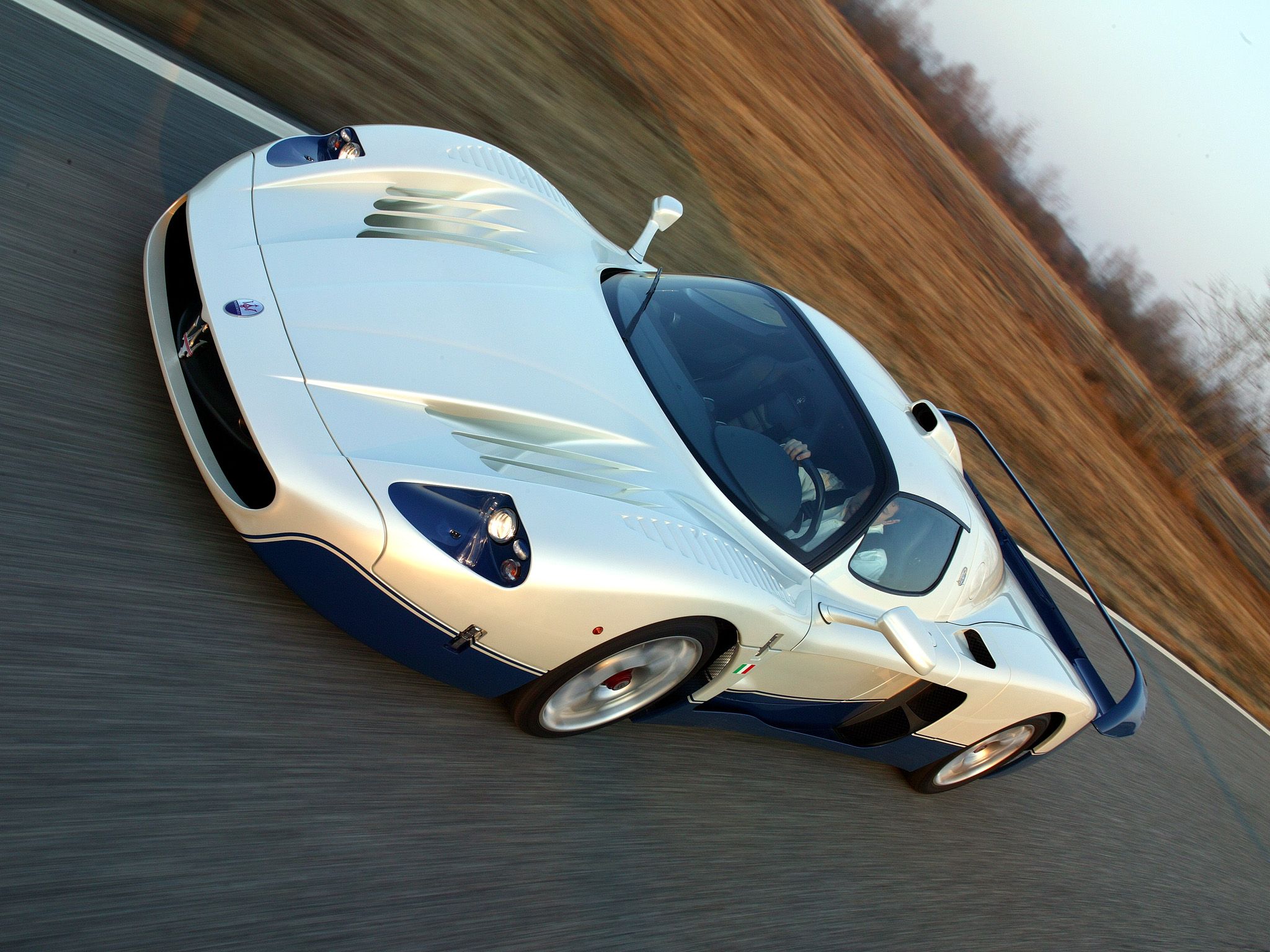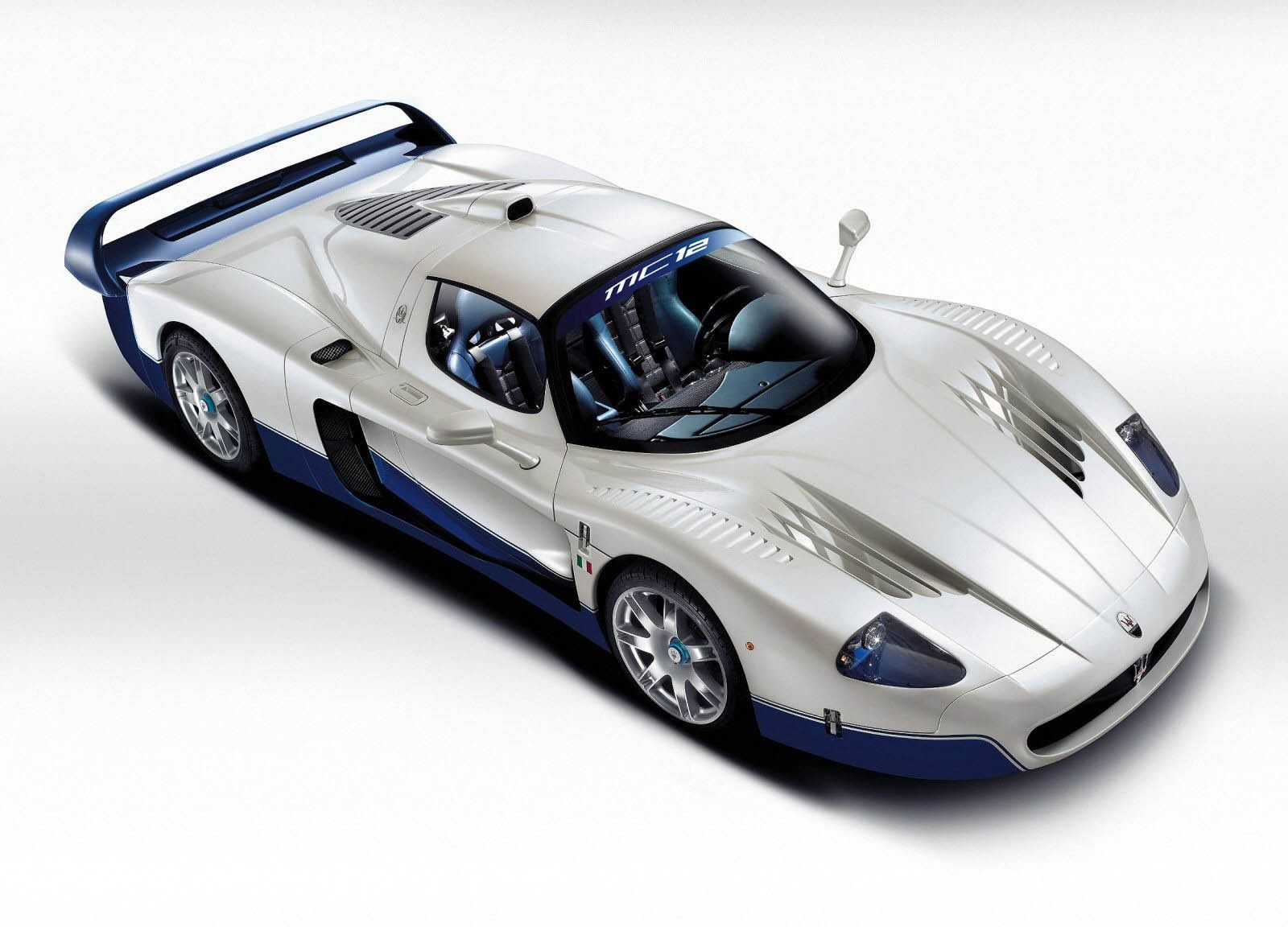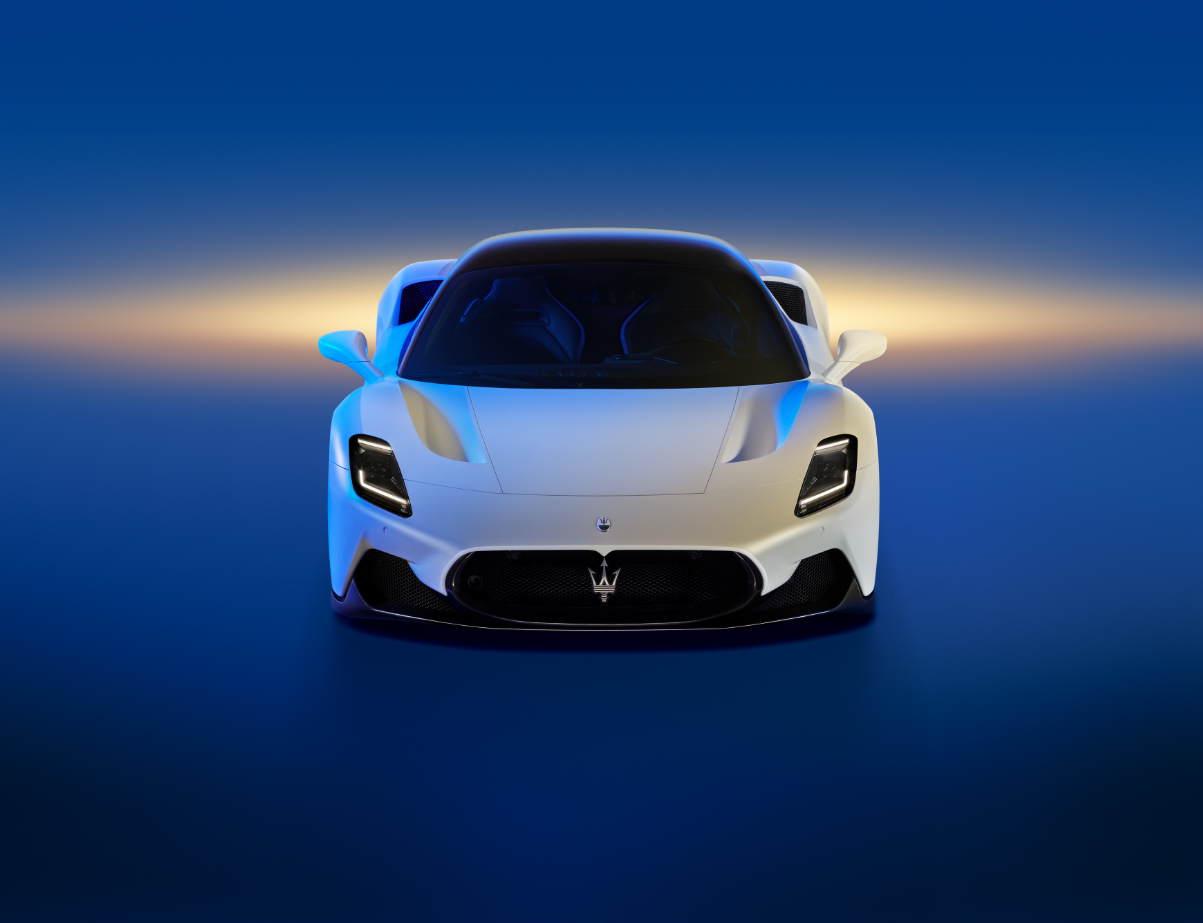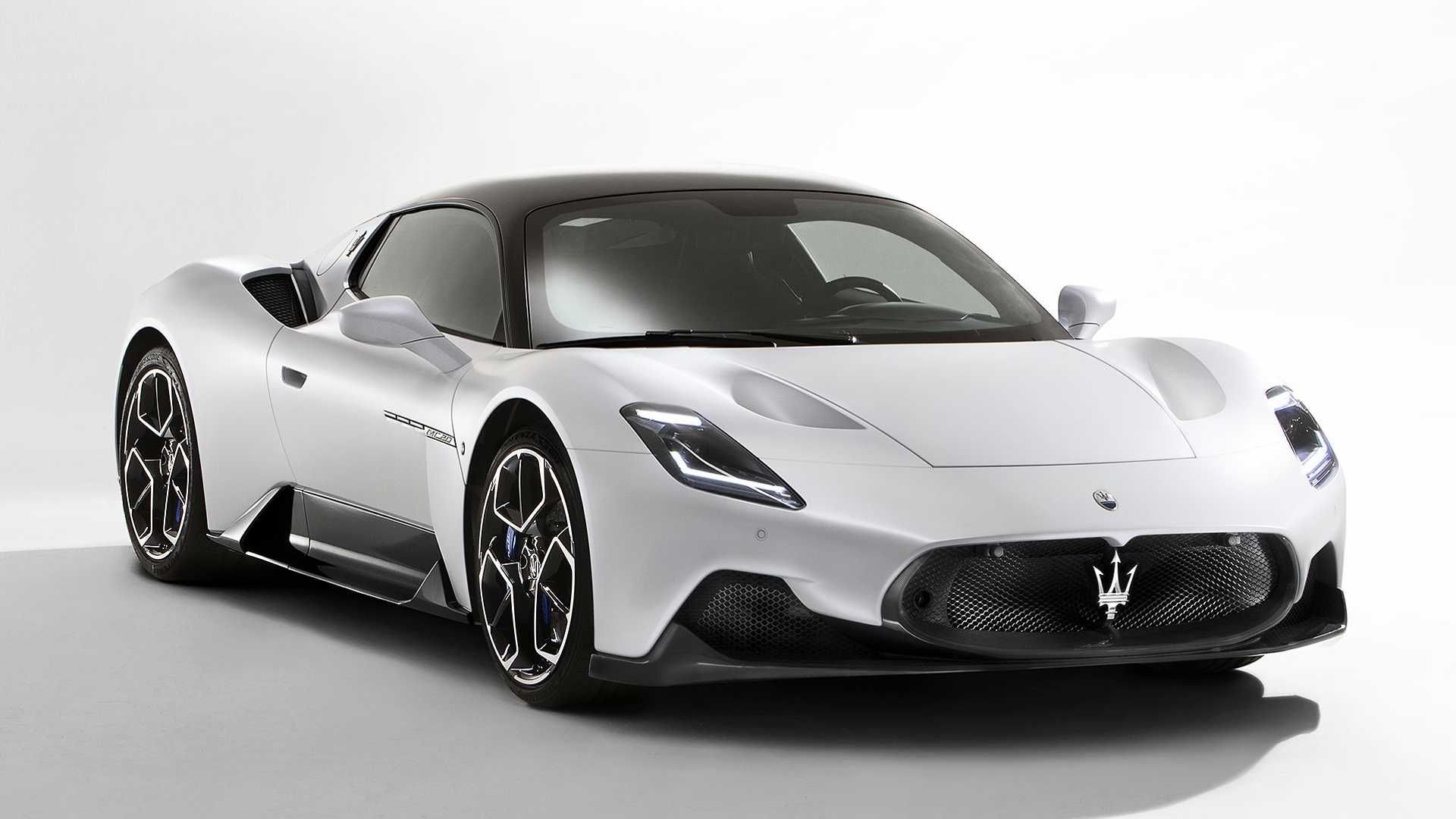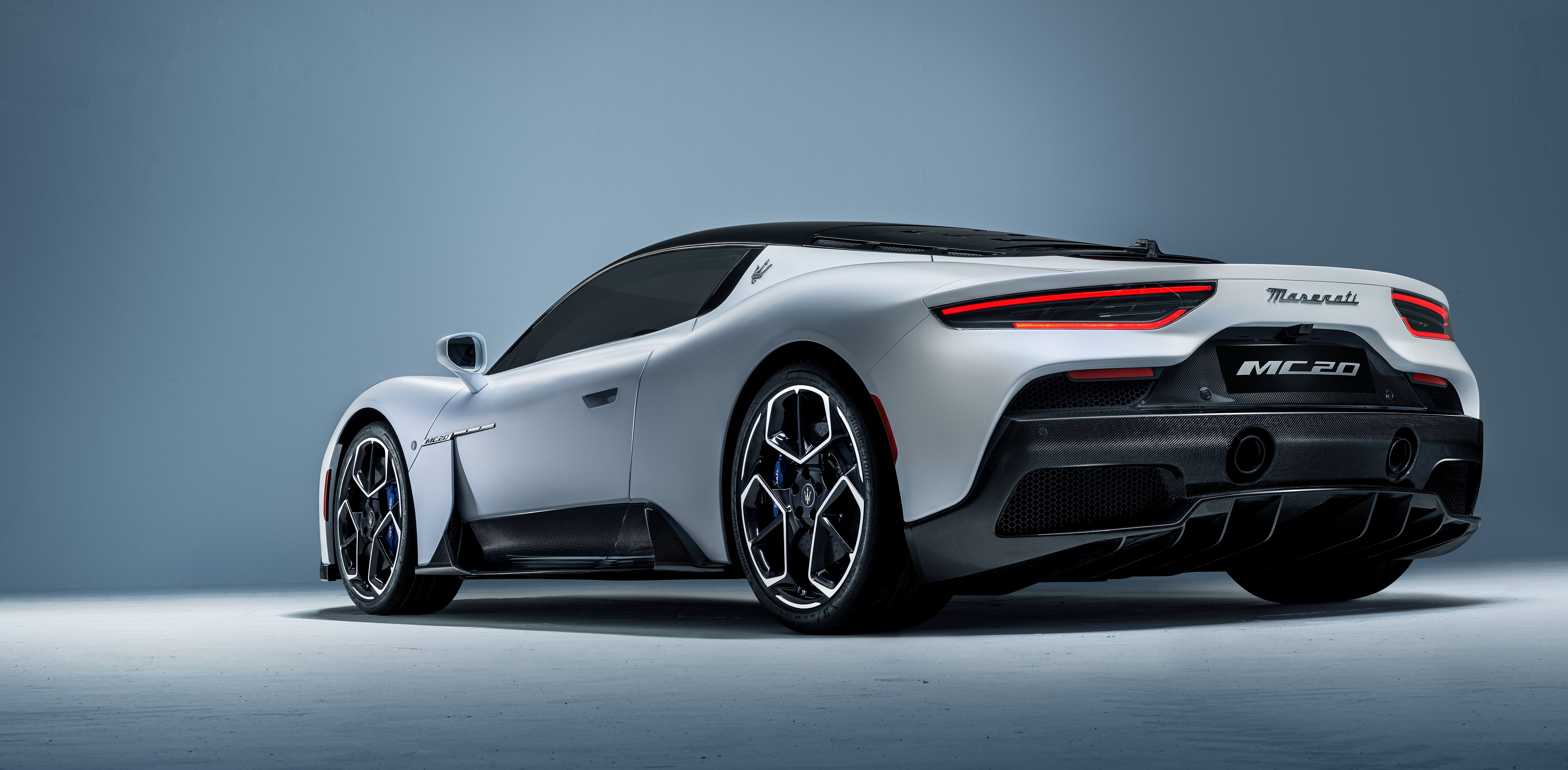Maserati just unveiled the MC20, its first proper sports car in more than a decade. Launched some 14 years after the iconic MC12 was discontinued, the MC20 is considered by many a spiritual successor to the Ferrari Enzo-based supercar. But is this new car a proper successor to the MC12? Does it have what it takes to fill the void left after the MC12 was discontinued? Let's find out in the comparison below.
Exterior design
|
|
ids=934312,934313 |
no_overlay=false |
before_label=Maserati MC20 |
after_label=Maserati MC12> |
The MC12 doesn't look particularly aggressive, but it has that prototype racer look that was typical of GT1-spec race cars of the 2000s. It features a low and narrow nose flanked by notably wider front fenders. The profile is highlighted by massive vents in the rear fenders, a canopy-style cockpit, and an organic beltline that raises over both the front and rear wheel arches. The rear section that includes the engine hood is impressively long, just like on prototype racers of the day, and it ends in an equally impressive wing.
The wing itself boasts a rather unusual design. Instead of sitting on posts mounted on the deck lid like most performance cars, it extends beyond the width of the car, "embracing" the upper section of the fascia. The rear fascia itself is devoid of any styling features that you usually see on road-going cars. It features three tiny lights on each side of the big grille, while the lower area is mostly a huge diffuser flanked by exhaust pipes.
In all, the MC12 looks like a proper race car converted for road use.
|
|
ids=934314,934315 |
no_overlay=false |
before_label=Maserati MC20 |
after_label=Maserati MC12> |
The MC20 is a completely different story. Designed mostly for road use, it's not as radical, and it actually looks subdued compared to most supercars in this niche. It also boasts a low and narrow nose in the front, headlamps mounted at the edges of the fascia, and a sculpted front hood, but the profile looks nothing like the MC12. Sure, it still features a canopy-style roof, but there are no massive vents in the rear fenders, and the rear deck is notably shorter.
The rear fascia is pretty mundane for a sports car of this caliber. There are no big wings and massive diffusers to talk about, while the taillights are actually very familiar when compared to other Maserati models. The MC20 looks more modern and more polished than the MC12, simply because it serves a different purpose.
|
|
ids=933980,933981 |
no_overlay=false |
before_label=Maserati MC20 |
after_label=Maserati MC12> |
Maserati MC20 vs Maserati MC12 - exterior dimensions
|
Length |
202.5 |
183.8 |
|---|---|---|
|
Width |
82.5 |
77.5 |
|
Height |
47.4 |
48.1 |
|
Wheelbase |
110.2 |
106.2 |
Interior
The MC20 and MC12 are also radically different inside the cabin. That's primarily because these cars were launched 16 years apart. That's 16 years during which technology evolved dramatically and materials improved. Consumer taste also changed during this time, and automakers updated their interior layouts accordingly.
The MC12, on the other hand, looks pretty spartan inside the cabin. Sure, there is upholstery and even leather on the dashboard and the seats, dashboard, and door panels, but no sign of fancy technology or digital displays. This isn't necessarily a bad thing. It's actually perfect for those who prefer a race-inspired layout and a more old-school feel, but it puts the two supercars at different ends of the spectrum.
Drivetrain
The MC20 and MC12 are completely different animals. The old MC12 was based on the same architecture that underpinned the Ferrari Enzo, while the engine also came from the Maranello-built supercar. That mill is a naturally aspirated, 6.0-liter V-12, so it's pretty old-school when it comes to size and configuration. The V-12 generates an impressive 621 horsepower and 481 pound-feet of torque.
By contrast, the MC20 features a carbon monocoque derived from the Alfa Romeo 4C, which is smaller and lighter. For this supercar, Maserati went with a more modern and smaller engine. >Built in-house (but likely based on a design used in Alfa Romeo and Ferrari models), the twin-turbo, 3.0-liter V-6 incorporates Formula One-derived technology that includes a dry-sump oil system, dual combustion chambers with a pre-chamber, and secondary sparkplugs. The mill cranks out 630 horsepower and 538 pound-feet of twist.
So despite featuring a smaller engine, the MC20 is a bit more powerful thanks to its twin-turbo system, coming with an extra nine horsepower. While only marginally more powerful, the MC20 boasts notably more torque, also thanks to its turbo engine. At 538 pound-feet, the MC20 benefits from an extra 57 pound-feet.
Maserati MC20 vs Maserati MC12 - specifications Engine
3.0-liter V-6,twin-turbo
6.0-liter V-12
Horsepower
630 HP
621 HP
Torque
538 LB-FT
481 LB-FT
All told, the MC20 needs 2.9 seconds to hit 62 mph from a standing start, while the MC12 reaches the same benchmark in 3.8 clicks. Based on these official figures, the MC20 is 0.9 seconds quicker. However, some recorded sprint times of 3.7 seconds in the MC12, so the difference could be a bit smaller, but we won't know until the MC20 is tested in the real world.
When it comes to charging from 0 to 124 mph, the MC12 will do it in 9.9 seconds. That's 1.1 seconds slower than the MC20, rated at 8.8 clicks for the same distance.
But the MC12 wins the top speed battle with a 205-mph benchmark, whereas the MC20 tops out at 202 mph.
The Maserati MC12 was an extremely exclusive model. Developed specifically to homologate the race-spec MC12 GT1 for the FIA GT Championship, the road-legal MC12 was built in just 50 units. Maserati also built 12 Versione Corse models, which were based on the race car but sold to private customers. However, these cars weren't road legal, so production of MC12 cars that you can drive on public roads was capped at only 50. That's significantly less than the Ferrari Enzo it was based on, built in 400 examples, and a figure that makes it one of the rarest Maseratis ever produced.
The Italian company had nothing to say about the MC20's production run, but it's safe to assume that it won't be as exclusive. The MC20 wasn't designed as a homologation car, so it will benefit from a full production process that will probably last a few years. Maserati might even attempt to use the MC20 to compete against cars like the Ferrari F8 Tributo and Lamborghini Huracan, which sell in excess of 2,000 units per year. Modena might not build as many, but the main thing to remember here is that production won't be capped to a certain number of units.
Because it's not as exclusive as the MC12, the MC20 will be significantly more affordable. Pricing is expected to start from around $210,000 in the United States. Granted, that's notably more than any other Maserati model available right now, but it's far below the sticker that the Italian firm put on the MC12. When launched in 2004, the MC12 retailed for a whopping $770,000. If we factor in the total inflation rate from 2004 to 2020, it would convert to around $1 million today.
The MC12 also marked an important moment in Maserati's racing history, as it enabled the Italian brand to return to motorsport after no fewer than 37 years. After the MC20 was retired from racing, Maserati remained in the sport with other models, so the MC20 is not about a comeback. Still, it's an important event because the MC20 will probably grant Aston Martin entry into the GT3 and GTE classes.
It's obviously a matter of different cars for different purposes.
The Maserati MC12 was launched in an era when electrification wasn't such a big thing beyond a few hybrids and some all-electric prototypes. So it's as traditional as it gets, featuring a big, naturally aspirated V-12 engine and no electrification whatsoever. The Maserati MC20 was also launched with a traditional internal combustion engine, but the Italian firm announced that an all-electric version is also in the works, due to be unveiled for the 2022 model year. Maserati is stepping into the future, and the MC20 is one of its first cars to get battery power.
Performance
Availability
Pricing
Racing version
Electrification
Conclusion

